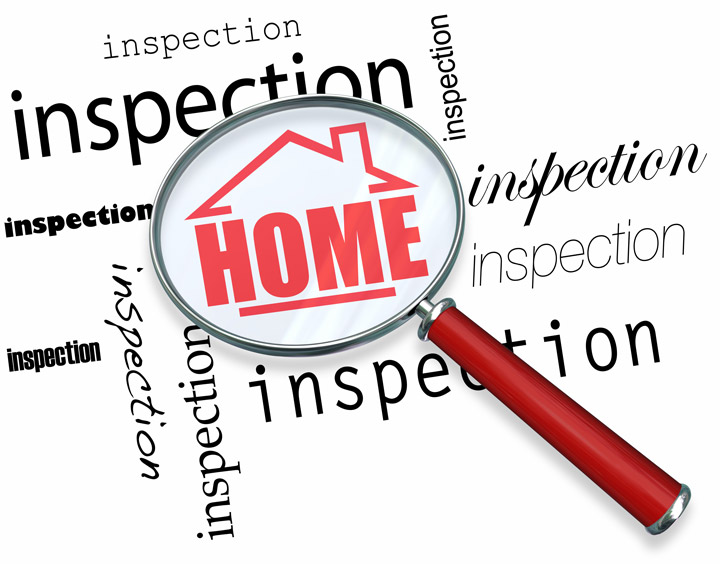
Comprehending AppraisalsA home purchase is the biggest investment some people will ever encounter. Whether it's where you raise your family, a seasonal vacation property or an investment, purchasing real property is an involved financial transaction that requires multiple parties to pull it all off. Practically all the participants are quite familiar. The real estate agent is the most known person in the transaction. Next, the bank provides the financial capital necessary to bankroll the transaction. And the title company sees to it that all areas of the exchange are completed and that a clear title passes to the buyer from the seller. So, who's responsible for making sure the value of the real estate is in line with the purchase price? In comes the appraiser. We provide an unbiased estimate of what a buyer could expect to pay — or a seller receive — for a property, where both buyer and seller are informed parties. A licensed, certified, professional appraiser from Bellanti Appraisal Group will ensure, you as an interested party, are informed. Inspecting the subject propertyOur first duty at Bellanti Appraisal Group is to inspect the property to determine its true status. We must see aspects of the property first hand, such as the number of bedrooms and bathrooms, the location, amenities, etc., to ensure they really are present and are in the condition a typical person would expect them to be. To make sure the stated square footage has not been misrepresented and convey the layout of the property, the inspection often requires creating a sketch of the floorplan. Most importantly, the appraiser looks for any obvious amenities - or defects - that would affect the value of the house. Back at the office, an appraiser uses two or three approaches to determining the value of real property: paired sales analysis and, in the case of a rental property, an income approach. 
Replacement CostHere, the appraiser gathers information on local building costs, labor rates and other elements to determine how much it would cost to build a property nearly identical to the one being appraised. This estimate usually sets the upper limit on what a property would sell for. The cost approach is also the least used predictor of value. 
Paired Sales AnalysisAppraisers are intimately familiar with the subdivisions in which they appraise. They thoroughly understand the value of specific features to the residents of that area. Then, the appraiser researches recent sales in close proximity to the subject and finds properties which are 'comparable' to the real estate in question. Using knowledge of the value of certain items such as fireplaces, room layout, appliance upgrades, extra bathrooms or bedrooms, or quality of construction, we add or subtract from each comparable's sales price so that they more accurately portray the features of subject.
In the end, the appraiser reconciles the adjusted sales prices of all the comps and then derives an opinion of what the subject could sell for. At Bellanti Appraisal Group, we are experts when it comes to knowing the value of real estate features in Tampa and Hillsborough County neighborhoods. This approach to value is usually awarded the most weight when an appraisal is for a home purchase. Valuation Using the Income ApproachA third way of valuing approach to value is sometimes applied when a neighborhood has a reasonable number of renter occupied properties. In this situation, the amount of revenue the property yields is taken into consideration along with income produced by similar properties to derive the current value. The Bottom LineAnalyzing the data from all approaches, the appraiser is then ready to document an estimated market value for the property at hand. Note: While this amount is probably the most reliable indication of what a property is worth, it may not be the price at which the property closes. Depending on the individual circumstances of the buyer or seller, their level of urgency or a buyer's desire for that exact property, the closing price of a home can always be driven up or down.Regardless, the appraised value is often employed as a guideline for lenders who don't want to loan a buyer more money than the property is actually worth. At the end of the day, an appraiser from Bellanti Appraisal Group will help you discover the most fair and balanced property value, so you can make the most informed real estate decisions. |